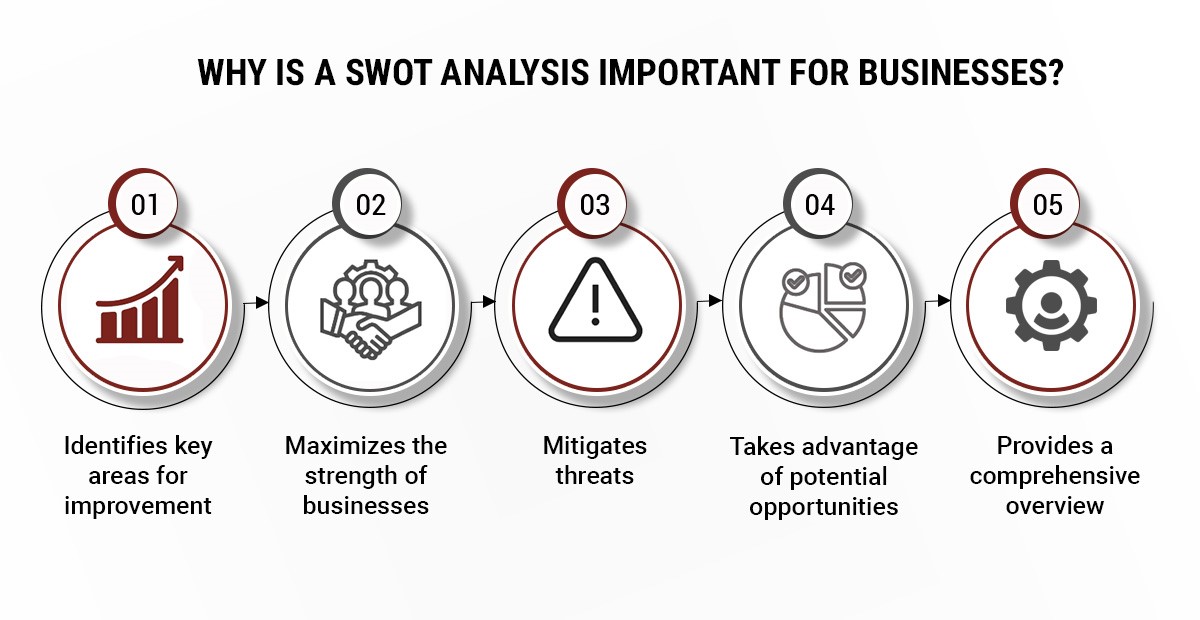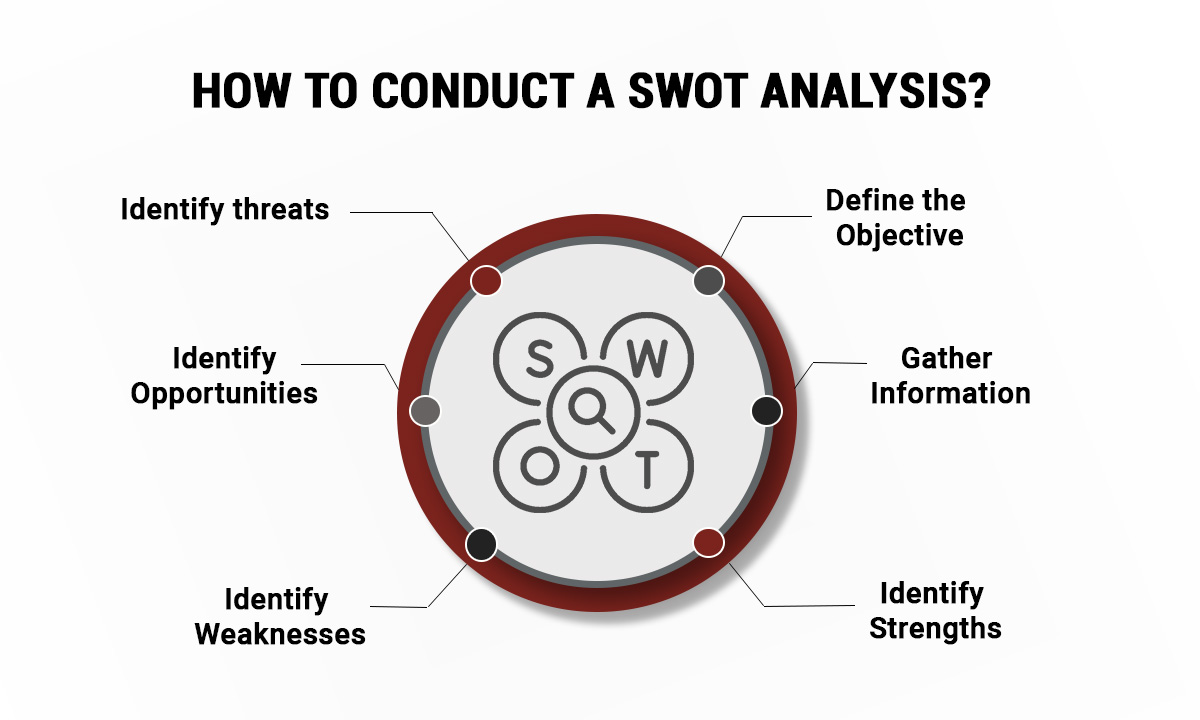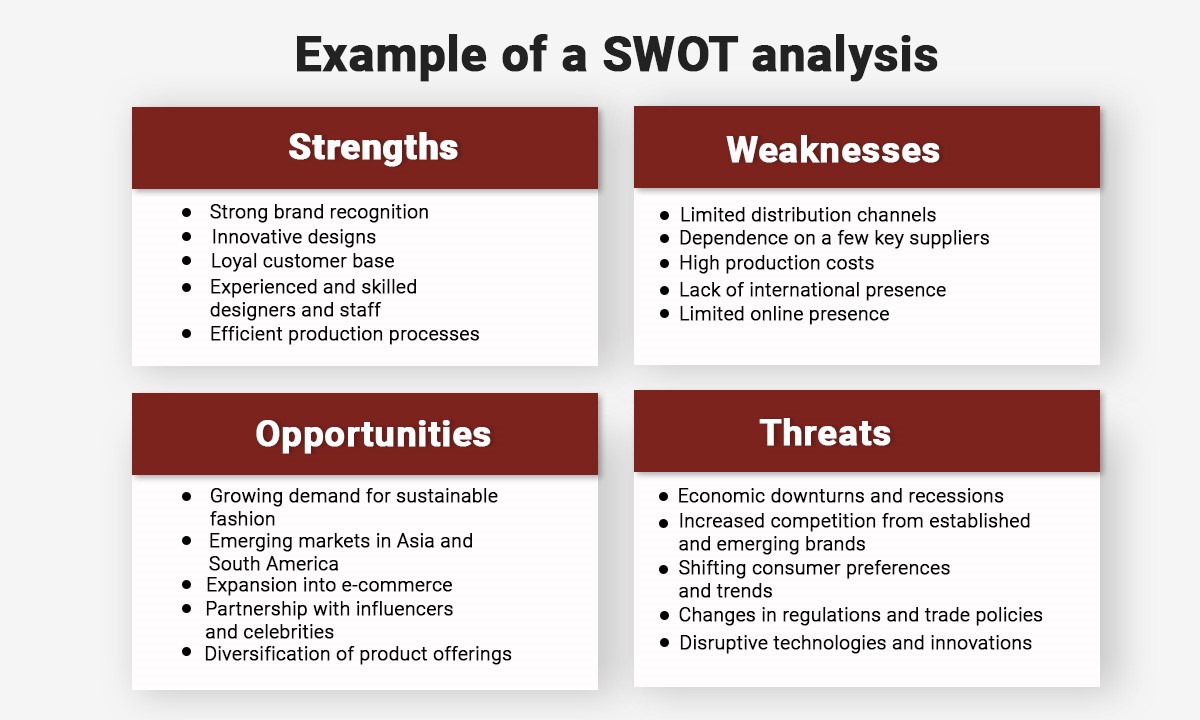SWOT Analysis: A Powerful Tool for Business Success

Published on June 02, 2023
Introduction
For any business, having a robust plan is crucial for achieving success. A key component of a well-structured business plan is the SWOT analysis, which helps in evaluating the strengths, weaknesses, opportunities, and threats faced by a company. In this article, we will delve into the importance of SWOT analysis for businesses, who should conduct it, and how to effectively carry out this analysis.
Understanding SWOT Analysis
A SWOT analysis is a strategic planning tool used to identify internal strengths and weaknesses, as well as external opportunities and threats that a business may encounter. Strengths and weaknesses are internal factors, while opportunities and threats are external factors that impact a company’s performance and growth potential.
Importance of SWOT Analysis for Businesses

- Identifies key areas for improvement: By pinpointing weaknesses and threats, businesses can focus on areas that need enhancement.
- Maximizes business strengths: Leveraging strengths helps companies stand out and gain a competitive edge.
- Mitigates threats: Proactive measures can be taken to minimize potential risks.
- Takes advantage of opportunities: Identifying growth opportunities is key to success.
- Provides a comprehensive overview: Helps in developing a well-informed business plan for future growth.
Conducting a SWOT Analysis

- Define the objective: Clearly outline the purpose and goals of the analysis.
- Gather information: Collect data on the business, industry, and competitors.
- Identify strengths and weaknesses: Assess internal factors that impact the business.
- Identify opportunities and threats: Analyze external factors influencing the business environment.
Who Should Conduct a SWOT Analysis

A SWOT analysis can be conducted by business leaders, strategists, managers, or consultants. The benefits include gaining fresh perspectives, facilitating strategic decision-making, prioritizing action items, encouraging collaboration, assessing risks, and improving communication within the team.
Example of a SWOT Analysis

Strengths
- Strong brand recognition
- Innovative designs
- Loyal customer base
- Experienced and skilled staff
- Efficient production processes
Weaknesses
- Limited distribution channels
- Dependence on key suppliers
- High production costs
- Lack of international presence
- Limited online presence
Opportunities
- Growing demand for sustainable fashion
- Expansion into emerging markets
- Diversification of product offerings
Threats
- Economic downturns
- Increased competition
- Shifting consumer preferences
- Changes in regulations
By utilizing this SWOT analysis, the company can focus on enhancing distribution channels, reducing costs, and capitalizing on emerging market trends.
Conclusion
In summary, a SWOT analysis is a valuable tool for businesses to assess their current status, identify growth opportunities, and mitigate potential risks. By incorporating SWOT analysis into strategic planning, businesses can make informed decisions that drive success and long-term growth.
Frequently Asked Questions
Q: Is a SWOT analysis only for large businesses?
A: No, businesses of all sizes can benefit from conducting a SWOT analysis.
Q: Can a SWOT analysis be conducted for a specific project or product?
A: Yes, a SWOT analysis can be tailored for individual projects or products.
Q: How often should a SWOT analysis be conducted?
A: Conducting a SWOT analysis annually or with significant industry changes is recommended.
Q: What should I do with the information from a SWOT analysis?
A: Use the insights to develop a strategic plan that aligns with business goals and objectives.

